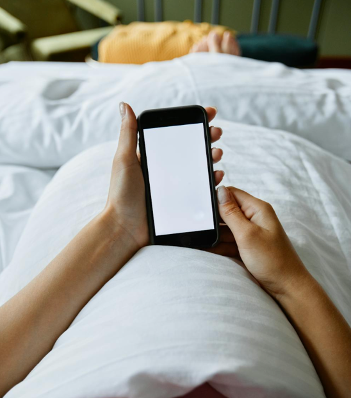How a digital habit can erode self-awareness
Learning to balance technology and self-trust
Photo by Marcus Aurelius, pexels.com
Six years ago, in 2019, I bought a sleep-tracking ring. My interest came out of a research project I was working on at the time: with a team, we studied the behavior of 750 people across the U.S. for a year using sensors. Participants wore smartwatches to measure stress, activity, and sleep; Bluetooth devices tracked …
Keep reading with a 7-day free trial
Subscribe to The Future of Attention to keep reading this post and get 7 days of free access to the full post archives.



